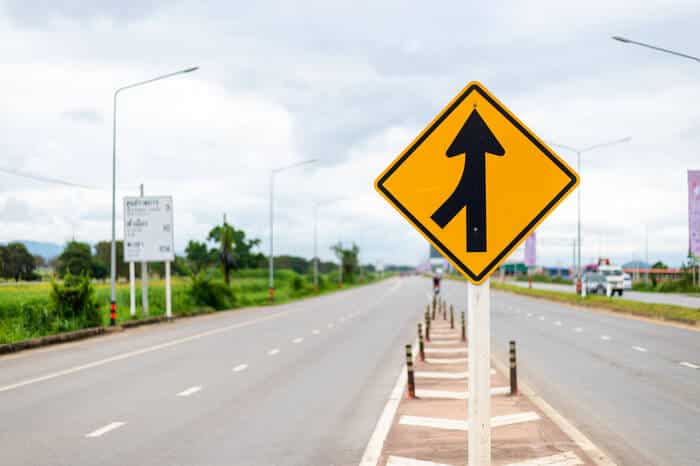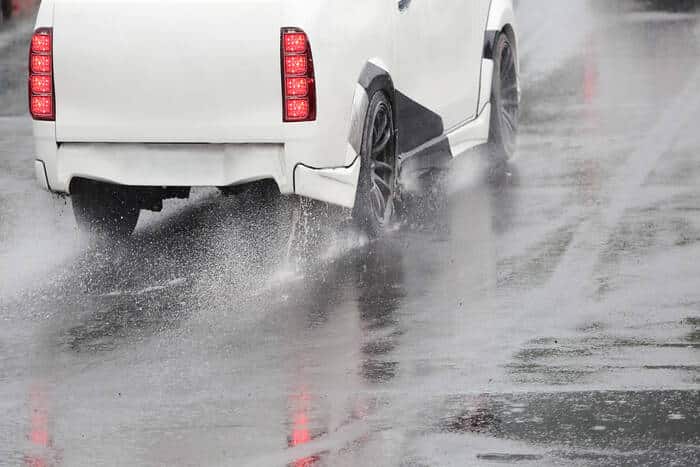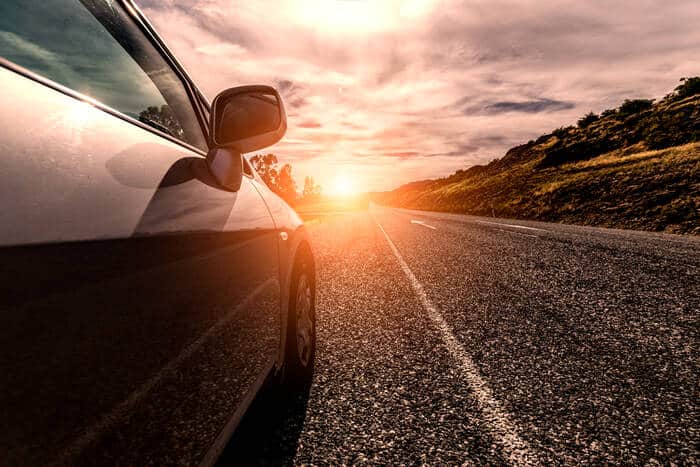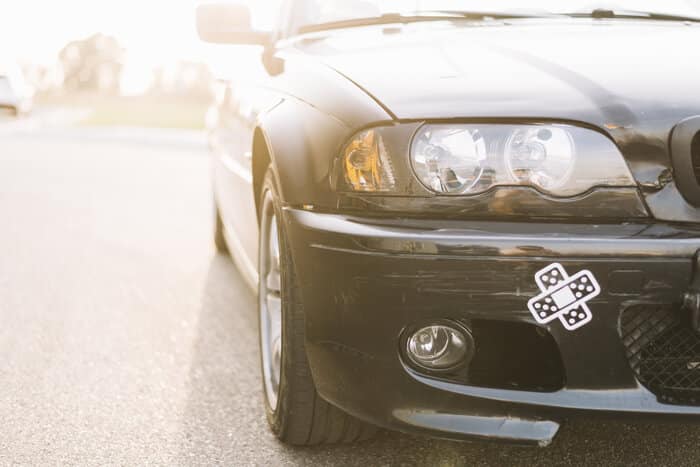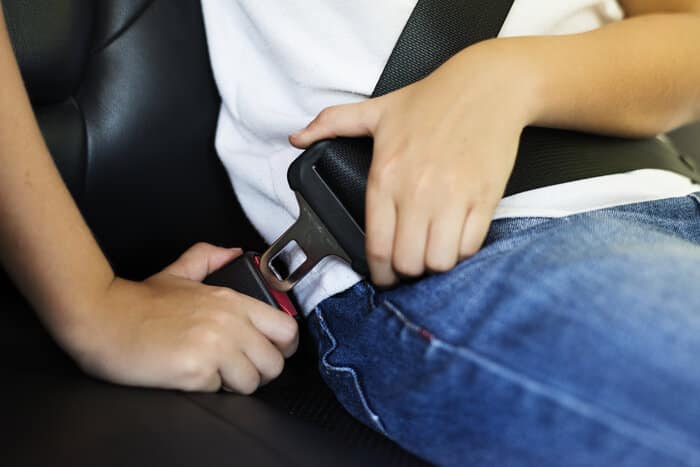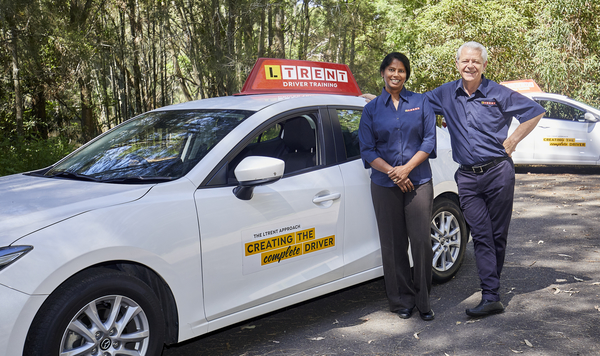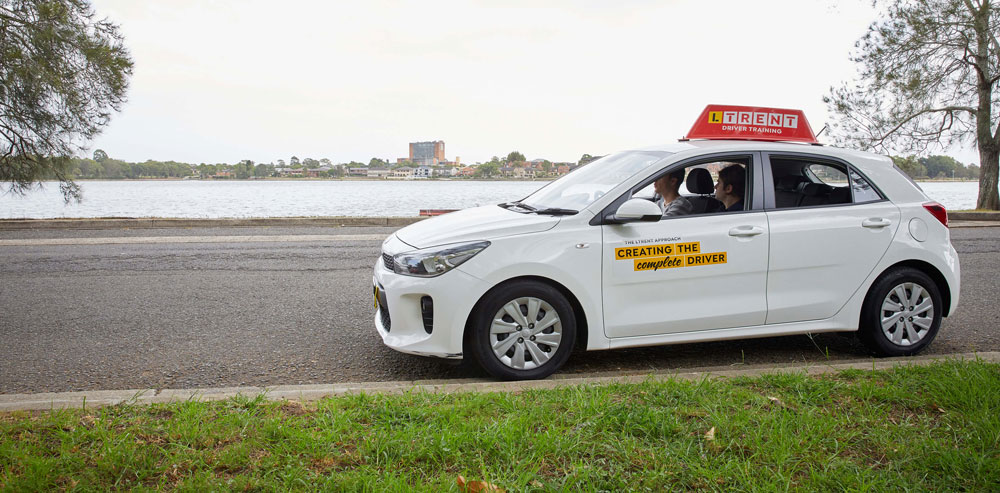
Haven’t started driving yet and are thinking about joining a school? One decision you’ll have to make if you start learning to drive is whether you should opt for a 1-hour or 2-hour driving lessons.
There are pros and cons of both, but at the end of the day the decision comes down to what works better for you. Here’s how to figure out which option is better or your learning style.

